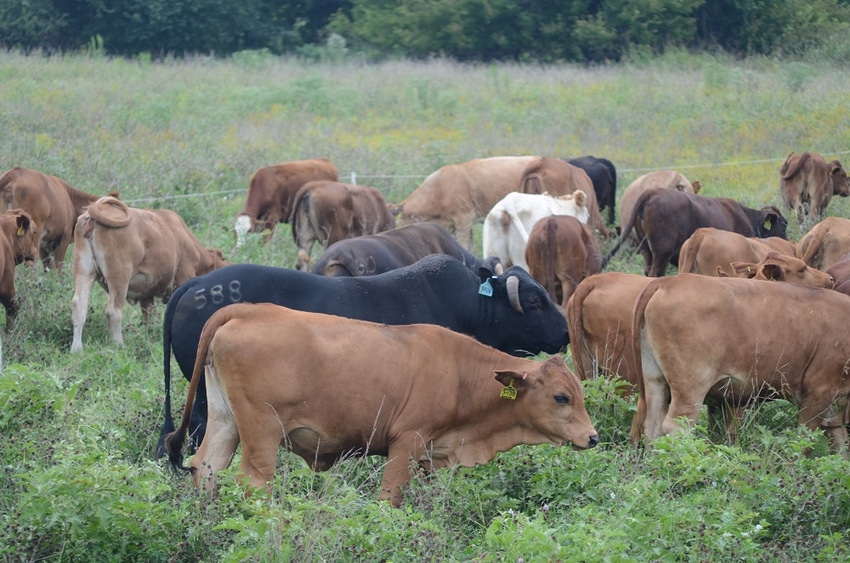
I have heard evangelical preachers shout about charging Satan with a water pistol.
After the stress and rigors of my first year at Auburn veterinary college, that idea seemed workable.
The same was true the first time I sat through a couple-hour presentation with the late Terry Gompert, a Holistic Management educator from Nebraska, talking about high-density grazing with stock densities of 70,000 pounds per acre or more. I got excited about the promises and went home and started moving cattle with sucker-rod posts and homemade reels and polywire.
A few years later I purchased some store-bought reels, higher-quality polybraid wire, and pigtail posts. I thought I’d landed in heaven. When I learned how to go gateless and a few other techniques I just knew the rest of the world would jump on board.
Very few have jumped in, but we have seen a shirttail-full accomplish in three years what it took some of us 30 years to attain. I heard one of the most successful producers in the US make the statement the other day that the first question he asks people who call him is, “How often do you move your cattle?” If the answer is less than once daily, he says the conversation is over.
But a common remark I personally continue to hear from people, some of whom are PhDs, is why should anyone move cattle every day?”
With that in mind, here is a less-than-exhaustive list of good reasons to move cattle every day:
Profitability increases of 200% or more per acre.
Cattle health increases.
Ability to completely recover plants before future grazing.
Ability to eliminate drought.
Ability to quickly repair wet ground.
Ability to quickly repair dry ground.
Ability to increase high-production, high-biomass plants.
Ability to grow new, high-organic soil.
Increase depth of activity and life several feet rather than several inches into the soil.
Ability to see and plan months in front of the cattle.
Ability to quickly change the disposition of the cattle (at least the majority).
Ability to see health problems before they are serious.
Ability to see the beauty of plant diversity and the near absence or disappearance of noxious weeds.
Ability to eliminate most equipment and buildings and chemicals.
Ability to eliminate most purchased fertilizer.
Ability to eliminate hay.
Ability to make accurate planning weeks and months in advance.
Ability to increase marketing options.
Ability to control parasites for pennies per year.
Huge wildlife increases.
Ability to see the entire herd in minutes.
More nutritious end product that is healing to people.
I have about beat my point to death, but I would challenge you folks to do some add-ons and e-mail them to us at [email protected].
About the Author(s)
You May Also Like






